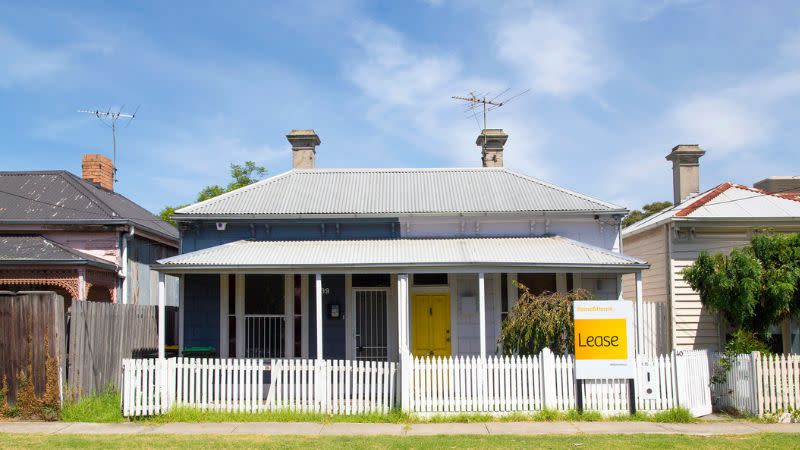
Equities outpaced Australia’s housing market across 2024 but will fall short in the long run, according to a national researcher.
Australia residential real estate was valued at $11.1 trillion compared to superannuation at $4.1 trillion and the stock exchange at $3.3 trillion last year.
CoreLogic’s January Housing Chart Pack shows the housing market underperformed in 2024 with a 8.3 per cent total return compared with 13.5 per cent in 2023.
Equities, meanwhile, grew by 11.4 per cent in 2024.
CoreLogic economist Kaytlin Ezzy said capital gains and dividend income were among the reasons for the result.
“Despite uncertainty in the global and domestic economic outlook and the cost-of-living crisis, the ASX reached a series of record highs in 2024, buoyed by moderating inflation, coasting economic conditions and a strong outing from the banking sector,” Ezzy said.
The total return for the housing market considers both value growth and rental income but nevertheless underperformed.
Ezzy put this down to the economic conditions as well as the growth in migration and household size.
“Despite showing resilience in the first half of the year, the accumulation of stock, and the higher-for-longer interest rate environment has seen the change in dwelling values slow and, in some cities, shift into negative territory,” Ezzy said.
“Similarly, the normalisation in net overseas migration and the increase in the average household size has seen rental growth continue to ease over the year.”
She also said that the housing market would bounce back as time went on as it has delivered a higher return than equities in six out of the past 10 years.
“Whether it’s housing or equities, it’s normal to see some market volatility and both booms and busts are part of the usual asset pricing cycle,” Ezzy said.
During the past decade, housing has delivered a return of 132.6 per cent compared with 126.4 per cent by the equity market.
“Regardless of asset type, time in the market has beaten timing the market,” Ezzy said.

The median time on market across Australia was higher in the fourth quarter of 2024 than it had been for the rest of the year, up from 28 to 33 days.
Ezzy said this was because buyers could afford to assess their options.
While most of the capital cities had an increase in the median time on market, Adelaide had a drop from 29 days in the fourth quarter of 2023 to 28 days in the fourth quarter of 2024.
The vendor discount rate moved from -3.8 per cent in the fourth quarter of 2023 to -3.6 per cent in the fourth quarter of 2024.
Ezzy suggested that this was due to more awareness of the market but warned that if house prices dropped, the rate could increase.
“Although subtle, this suggests that sellers have been relatively realistic and are more willing to meet the market when setting initial listing prices,” Ezzy said.
“However, if stock continues to accumulate and values trend further downward, the gap could widen and vendors may have to offer larger discounts in order to secure a sale.”
The national rent index grew by 4.8 per cent in the 2024 calendar year, a substantial slowing of pace from the 8.1 per cent rise in 2023 and 9.5 per cent in 2022.

“With around 70 per cent of overseas migrants renting when they first arrive, the continued easing in the net overseas migration trend towards pre-Covid levels have helped alleviate the upward pressure on rents,” Ezzy said.
“Additionally, with rental affordability near record highs, more potential renters may be delaying leaving the family home or are looking to form larger share houses as a way of distributing the additional rental burden.”
“Outside of the usual seasonal uptick through the first quarter, we would expect to see growth in rents continue to lose momentum in 2025.”
Home values nationally fell 0.1 per cent over 2024’s fourth quarter, the first time the quarterly trend was in negative territory since 2023’s first quarter at -0.6 per cent.
The values for the lower quartile increased by 9.9 per cent over 2024 compared with 2.1 per cent for the upper quartile.
CoreLogic estimated there were 33,676 sales in December, and 531,573 for the year.
Sales activity increased by 8.3 per cent annually but was down by 1 per cent in the last quarter compared with 2023’s last quarter, and was 6.2 per cent lower than the previous five-year average.